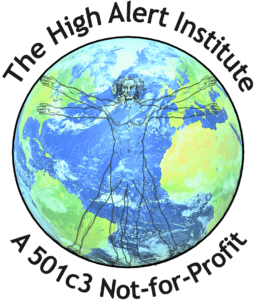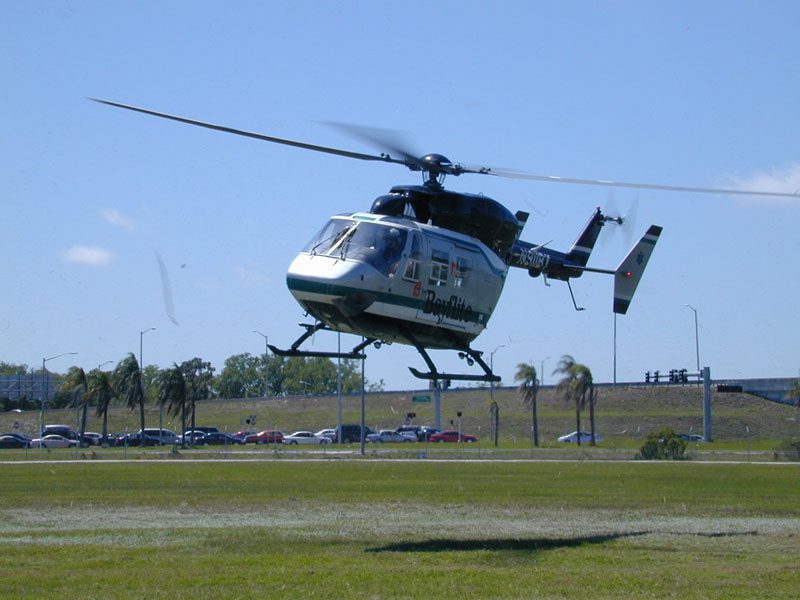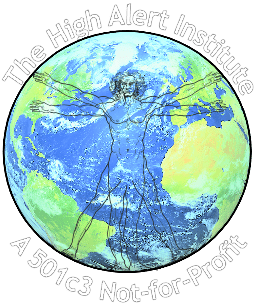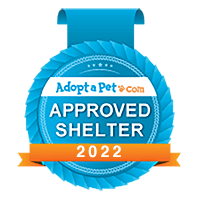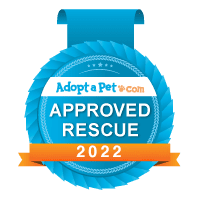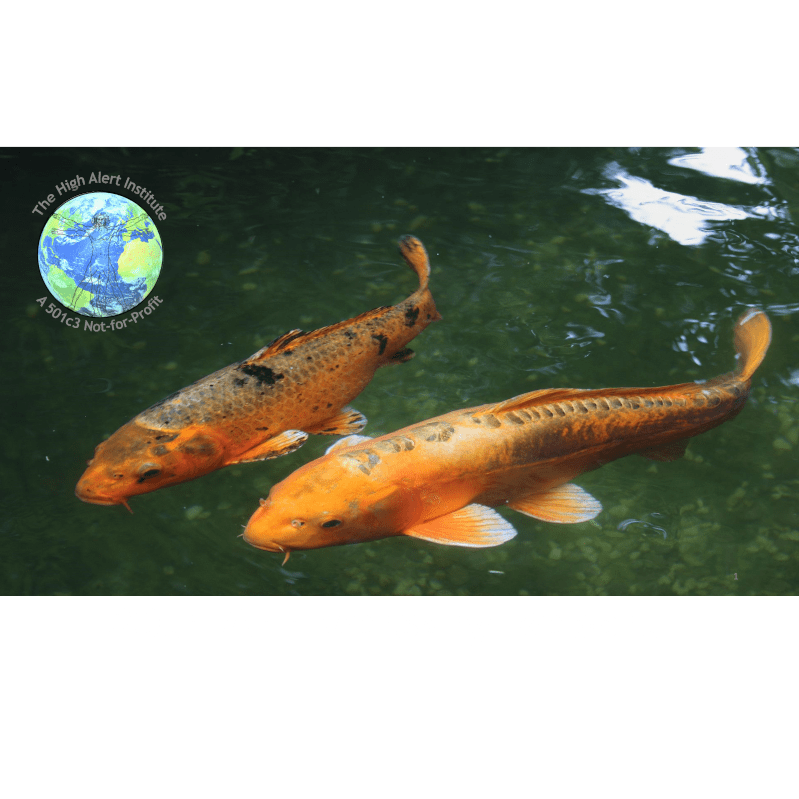In 1999, the Institutes of Medicine asked a simple yet profound question,
“If you would not ride in an airplane flown by a pilot who had not qualified on a flight simulator, why would you allow a healthcare professional to treat you who had not qualified on a patient simulator?”
This question went virtually unanswered despite the fact that the healthcare community paid significant attention to other questions raised in the same Institute of Medicine report. It was almost as if by diverting attention to other issues and finding less expensive problems to blame. The healthcare industry and corporate healthcare as a whole was trying to divert the public’s attention away from the fact that they did not want to utilize simulators to certify their professional.
On those rare occasions when representatives from the various associations that represent healthcare professionals, hospitals, and the other entities in the business of healthcare were cornered, they all said the same thing,
“It is too expensive and the patient simulators required for such certification do not exist.”
Nothing could be further from the truth.
Human Patient Simulation – Forty Years and Growing
In 1968, under a $1 million Federal Grant, a single animatronic human patient simulator was built. The device could respond in a means that roughly approximated normal human responses to physical examinations and even a limited number of medications and other interventions. This device even provided facial movement and a two-way intercom link so that the healthcare provider could interact directly with the machine and hear responses from the control room provided through a speaker in the simulator’s mouth. For 1968, this was nothing short of “Star Trek” technology. Unfortunately Federal funding was not renewed and the project was quickly mothballed.
This was not however the end for human patient simulation, over the ensuing decades, various other, far more limited, patient simulation devices were created. Medical schools and residency programs around the country purchased devices such as the Harvey mannequin, to teach lung sound, heart sound, and other basic physical examination skills. These relatively simplistic human analogues, were little more than speakers dressed up as a human patient. But underlying though was a significant amount of physiology and engineering.
By the time the “To Err is Human” report was written in 1999, the science of healthcare simulation had moved far beyond simple mannequin with speakers and CPR dummies. The animatronic simulators available in 1999 were far more sophisticated than the million dollar prototype created in 1968 and capable of simulating not only normal human anatomy and physiology but abnormal physiology and diseases as well. Thanks to portable computers and more sophisticated software, these turn of the millennia simulators were even capable of assisting in the training of Anesthesiologist and other professionals contributing to the safety of patients. Yet despite the fact that this equipment was readily available and cost less than 10% of what the 1968 prototype cost, the healthcare industry disavowed any knowledge of such devices. Healthcare professional associations stated that it was too difficult, too expensive, and too unrealistic to expect physicians and nurses to take time away from busy their schedules to be trained in the use of simulators and then periodically recertify utilizing these devices. Arguments were made that there were not sufficient numbers of devices available around the country and yet no one was willing to invest in the deployment of these machines.
The greatest promise of the “To Err is Human” report was ignored.
Simulator Certification Arrives at Last
Eight years later, in March of 2008, the first high fidelity simulation based certification examination utilizing human patient simulation was finally administered. The American Board of Disaster Medicine under the direction of The American Academy of Disaster Medicine provided an all day certification examination utilizing human patient simulators. These machines were neither department store mannequins nor CPR training devices. These were highly sophisticated high fidelity human patient simulators that not only had pulses, blood pressures, breath sounds, blinking eyes, and a heart beat; these were devices that could tear, sweat, and even droll. The testing environment itself was an emergency department treatment room and a room with a collapsed roof.
The simulator responded as a real patient would respond when a drug was given. Unlike a video game, where an action results in an immediate reaction, the simulators acted as real human beings and drugs took time to work. The simulator could tell if the wrong drug had been given. Although the simulators were not allowed to actually “die” during the examination, individual actions that would have killed a real patient were recorded and later graded. In short, the healthcare providers certified that day had the opportunity to crash land, recover and continue on without endangering themselves or anyone else. At days end, the physicians certified, were clearly safer, more thoughtful, and more experienced than any before them in history.
Promise and Problem
High fidelity human patient simulation based certification of healthcare providers holds the promise of elevating the level of patient safety in way never before possible in the history of modern medicine. Today, medicine has responded to safety concerns rather than proactively intervening. There has never been a reproducible standard by which healthcare providers within their specialty could be evaluated and compared.
Medical research looks to find “hard end points” such as the prevention of death and disability when testing new drugs yet when testing healthcare providers, examinations seek to find an arbitrary percentile based score on a paper examination. High fidelity human patient simulation examination provides the same “hard end point” evaluation for the provider as medication research does for new treatments. Simply put, if a provider makes fewer errors on a simulator, they are even less likely to make errors with human real lives.
So when will physicians, nurses and other healthcare professionals accept and employ high fidelity human patient simulation as a means of certification?
When the public demands it!
Simulator certification in the airline industry is an expensive and time consuming process. Airline employees must be paid for their time while training and qualifying on the simulator. Simulator leasing companies must purchase equipment and the space in which to store it. They must employ technicians to maintain and operate the equipment and have the equipment itself validated and certified on a regular basis. The airlines must pay the leasing companies for the use of the equipment and even for a reserved time unused.
The airline industry has the money and political power to do away with mandated simulation certification for its pilots and other employees, but the regulations and legislations that require this certification came from the outcries of the American public. The airline industry is wise enough to know that it would be fool hearty to challenge these regulations and legislation now and again raise the ire of the American people.
The healthcare industry on the other hand is accustomed to not paying healthcare providers for their training time or their certification time. They are accustomed to not paying for high level training or training an employee to provide perfunctory training house thus reducing the cost. The healthcare industry is relying on the fact that the American public is uneducated as to the capability of the current patient simulation technology.
The average American is unaware that equipment exists today that is capable of mimicking virtually any provider / patient interaction, virtually any treatment and most diseases. Simulation environments can be established for a fraction of the cost only 5 years ago (less than $75,000.00 per simulator) and yet other than the fact that the simulated patient is stored in a box at the end of the day, they are virtually indistinguishable from real people when it comes to their physiology and response to medical care.
The healthcare industry and healthcare professional are unlikely to invest in the future of the public safety without both legislative mandates and public funding. If the American public were to demand of their state and federal representatives, legislation requiring healthcare providers be certified on a regular and recurring basis using high fidelity human patient simulators, patient error would drop precipitously. It is impossible to eliminate human error entirely from healthcare, however it is very possible to identify gaps in knowledge, technical weaknesses and even bad habits while teaching new skills and reinforcing good technique in the safe environment of a patient simulation training room.
The question is, why are the American people unwilling to ride in an aircraft with a pilot who had never been in a flight simulator, but they are willing to place their lives in the hands of a healthcare professional who has never been certified on a high fidelity human patient simulator?
